The Mara Triangle lies in the western sector of Masai Mara where the Mara River forms a natural boundary line that embraces one-third of the Mara Reserve. Most of the Mara Triangle is part of the main reserve and is not a private conservancy. In addition to the dividing river, the area of the Mara Triangle is also defined by the Oloololo Escarpment (aka as Siria). The area covers 510-square kilometers (126,023 acres) and is managed by a non-profit organization – Mara Conservancy.
This beautiful area happens to be the home of The Wild Eye Mara Camp - Enkishui Camp.
Below are 10 interesting facts about The Mara Triangle:
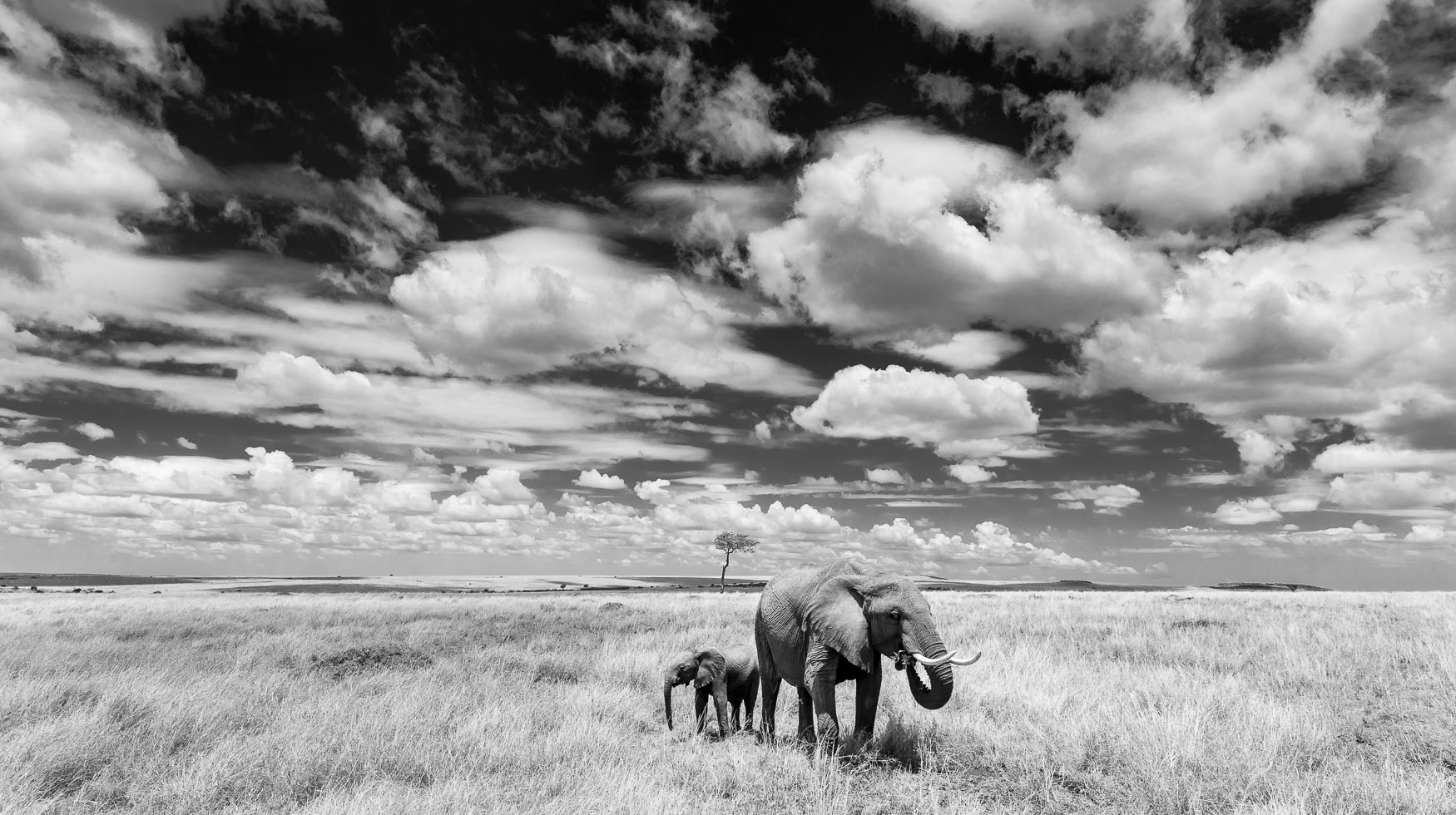
The Mara Triangle was declared in 1948
The Mara Triangle was declared a Game Reserve in 1948. The Triangle boarders are made up of the Oloololo Escarpment to the north, the Mara River to the east and the border to Tanzania and the Serengeti to the south and west. In 1961 the Greater Masai Mara National Park was included into the Mara Triangle. This created a massive piece of land all dedicated to wildlife and conservation of the area. Then, in 1984, the Area was divided into two, one being the Mara Triangle and the other being the Greater Masai Mara National Park.
The Great Migration
The Mara Triangle serves as a pivotal destination for a portion of the Great Migration, one of the most awe-inspiring natural spectacles on Earth. Each year, from July to October, vast herds of wildebeest, zebras, and gazelles make the perilous journey from the Serengeti plains in Tanzania to the Mara Triangle in Kenya in search of fresh grazing lands and water sources. Crossing the crocodile-infested Mara River is a daunting obstacle for these animals, yet it is a crucial part of their migration route. Witnessing this dramatic river crossing, where thousands of animals brave swift currents and lurking predators, is a once-in-a-lifetime experience. The Triangle provides a vital refuge for these migrating herds, offering lush grasslands and ample water, and its rolling plains become the stage for thrilling wildlife encounters during this extraordinary event.
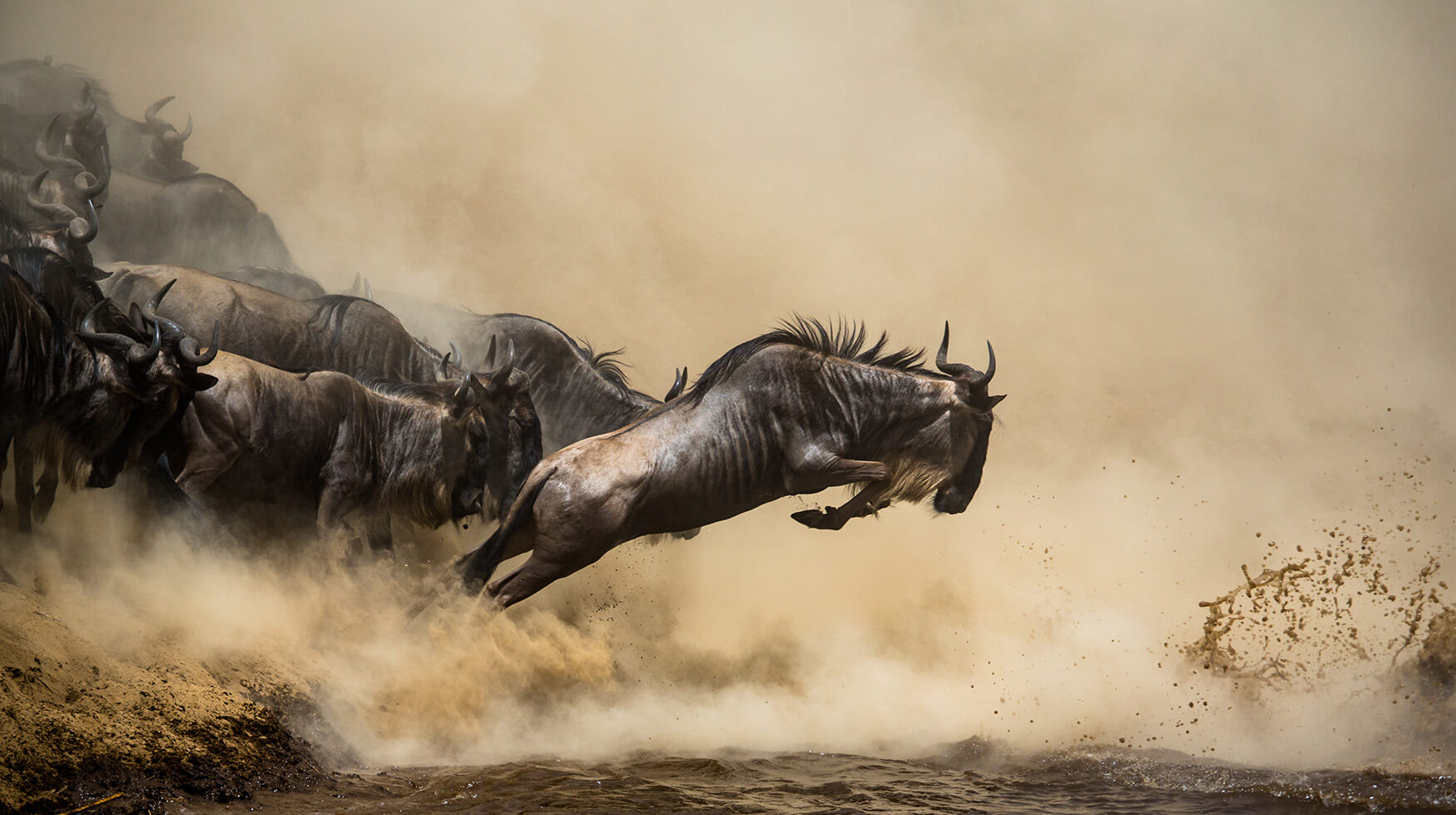
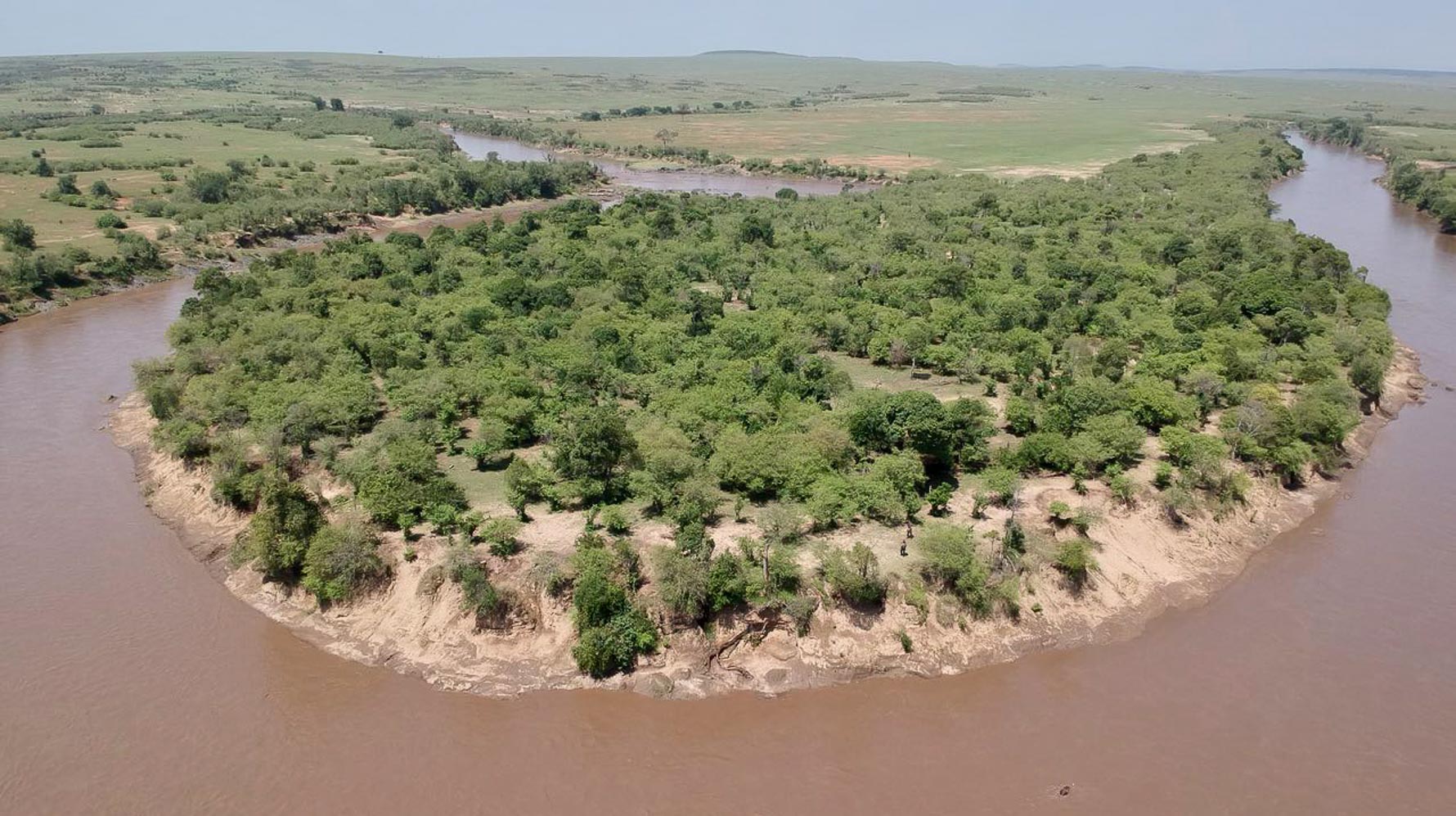
The Mara River
The Mara River, spanning approximately 395 kilometers (245 miles), originates in the Mau Escarpment of Kenya, winding its way southwestward through The Maasai Mara National Reserve & Serengeti National Park before eventually joining the waters of Lake Victoria. The River is renowned for its dramatic crossings during The Great Migration, where vast herds of wildebeest and other ungulates brave crocodile infested waters. The river serves as a lifeline for countless species in the region.
The Mara Conservancy
This Non-Profit organization is dedicated to the preservation and sustainable management of this iconic ecosystem. their mission encompasses various initiatives aimed at safeguarding the diverse fauna & flora while promoting responsible tourism practices. Through anti-poaching patrols, habitat restoration projects, and community engagement efforts, the conservancy strives to maintain the ecological balance of the region.
furthermore, their innovative approach to conservation involves employing local Maasai communities in wildlife monitoring and conservation activities, fostering a sense of ownership and stewardship among the indigenous population.
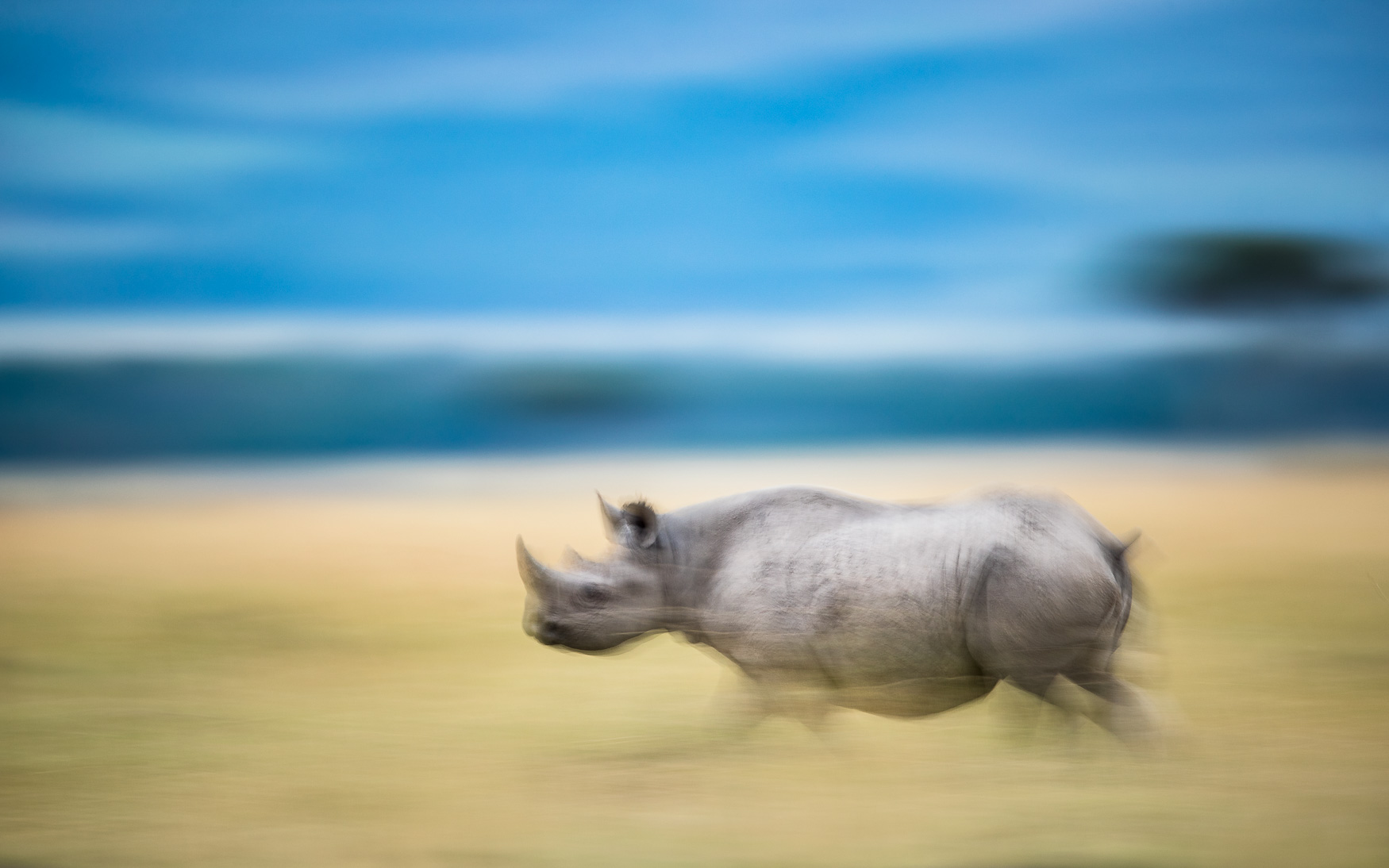
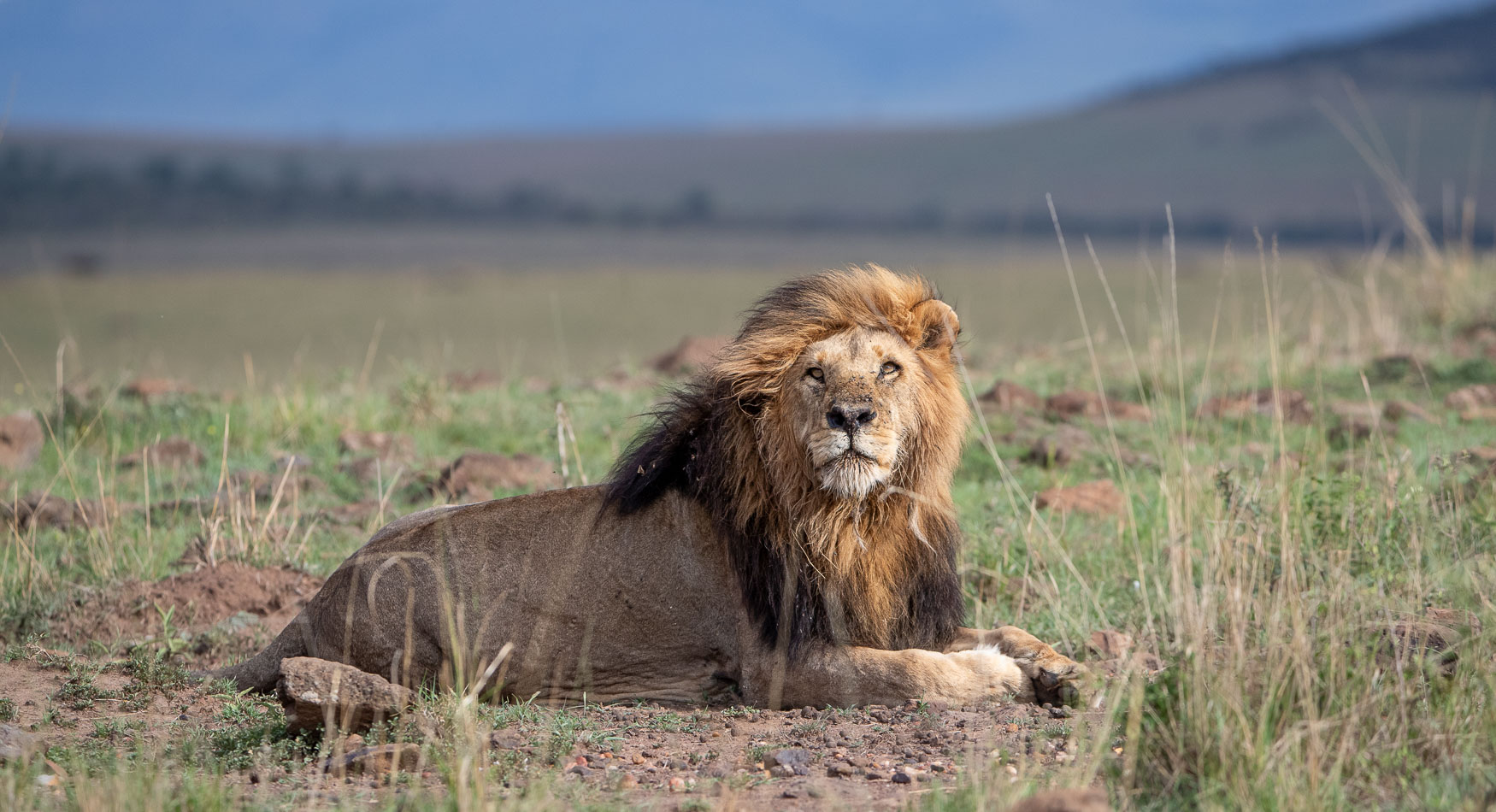
The Triangle is home to one of the most dense populations of lions
The Mara Triangle boasts a remarkable concentration of lions, with the area earning a reputation as one of the prime lion territories in Africa. In a testament to the density of these predators, a notable event occurred in 2021 when a staggering 47 mature male lions were recorded passing through the region. This extraordinary sighting underscores the abundance of prey species and the favorable habitat conditions present within the Mara Triangle, which support such a thriving lion population. The presence of such a high number of mature male lions is indicative of a healthy ecosystem, where territorial disputes and competition for resources are balanced, allowing these apex predators to thrive. This phenomenon highlights the Triangle as a critical stronghold for lion conservation efforts, providing invaluable insights into the behavior and dynamics of these iconic big cats.
One of the few wildlife destinations where you can do aerial photography
The Mara Triangle offers a rare chance for wildlife enthusiasts to capture stunning aerial photographs from a hot air balloon. As one of the few destinations to provide this experience, visitors can soar above the savannahs, witnessing the Great Migration and other wildlife spectacles from a bird's-eye view. With the soft light of dawn illuminating the landscape, photographers have ideal conditions to capture mesmerizing images of roaming herds and iconic predators against the backdrop of the Mara's golden sunrise.
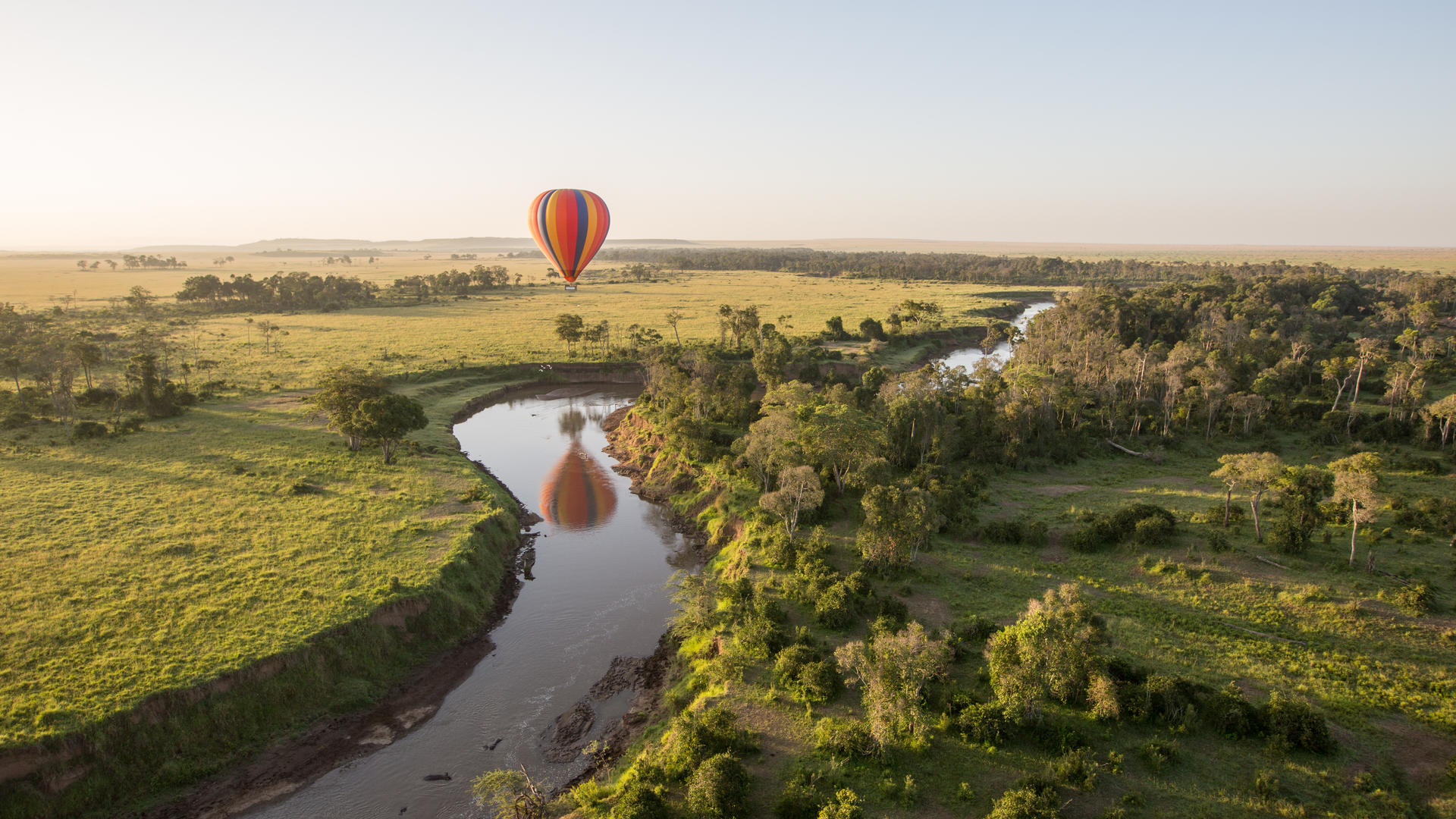
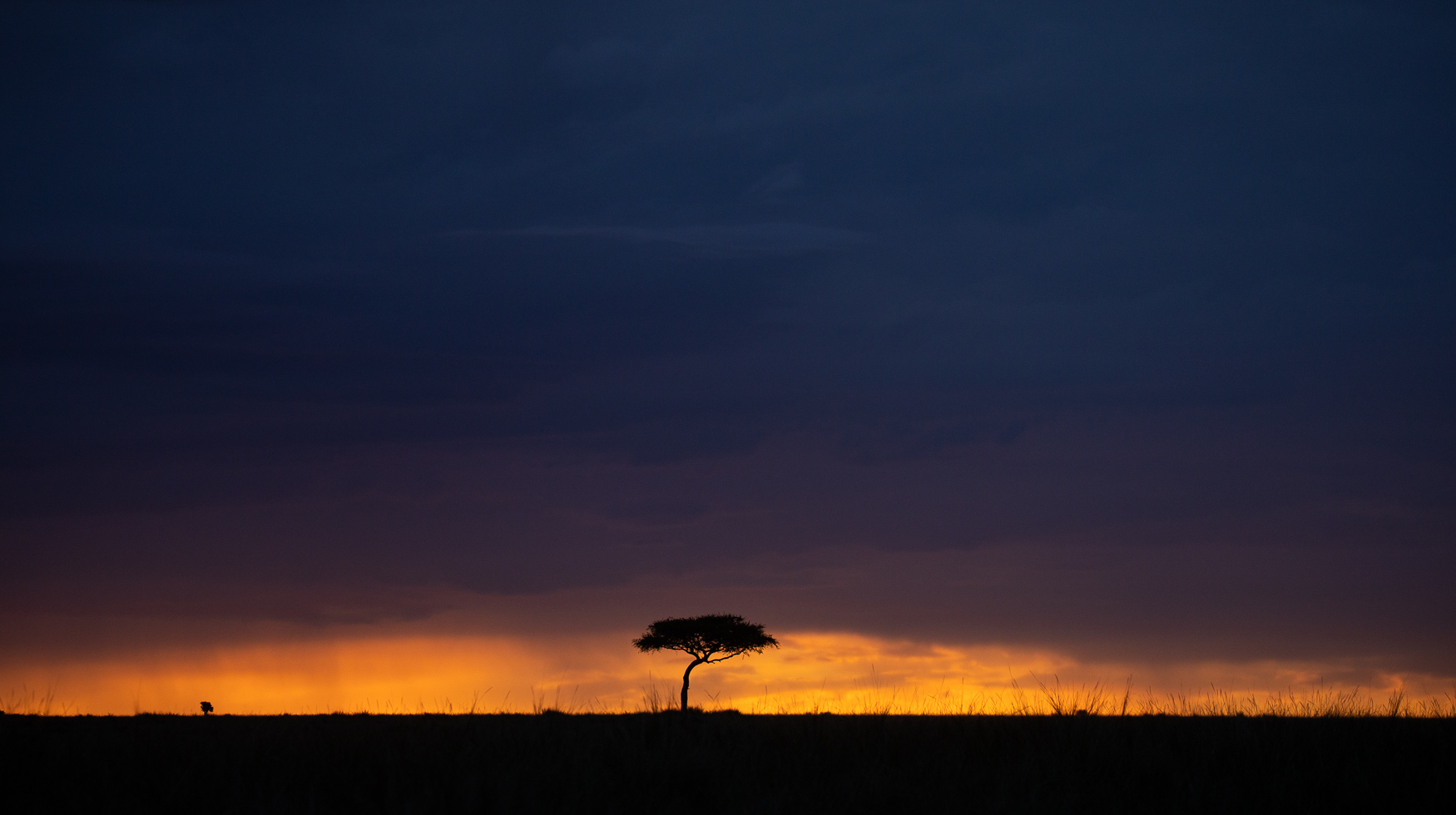
Flat landscapes
The Mara Triangle's flat terrain and savannah vegetation are the result of geological processes and seasonal rains. Shaped by millennia of volcanic activity and erosion, the landscape features expansive plains dotted with acacia trees. Nutrient-rich soils, nourished by the Mara River and seasonal rains, sustain lush grasslands that support a diverse array of wildlife. This flat expanse provides excellent visibility for wildlife viewing and facilitates the annual migration of millions of ungulates. Termite mounds and seasonal marshes further enrich the region's biodiversity, creating a mosaic of habitats. Overall, the Mara Triangle's unique topography and vegetation play a crucial role in supporting its iconic landscapes and rich wildlife populations.
Backdrop for famous BBC documentaries
The Mara Triangle has served as a captivating backdrop for numerous acclaimed BBC documentaries, captivating audiences worldwide with its stunning landscapes and diverse wildlife. Notably, the region has been featured prominently in the groundbreaking series "Big Cat Diary," which provided an intimate glimpse into the lives of the Mara's iconic feline inhabitants, including lions, cheetahs, and leopards. Additionally, the Mara Triangle has been showcased in the visually spectacular "Planet Earth II," where viewers were treated to breathtaking aerial footage of the Mara's sweeping plains and dramatic river crossings during the Great Migration. These documentaries not only showcase the raw beauty of the Mara Triangle but also shed light on the complex interactions between its inhabitants, offering valuable insights into the challenges and triumphs of life in this unparalleled wilderness.
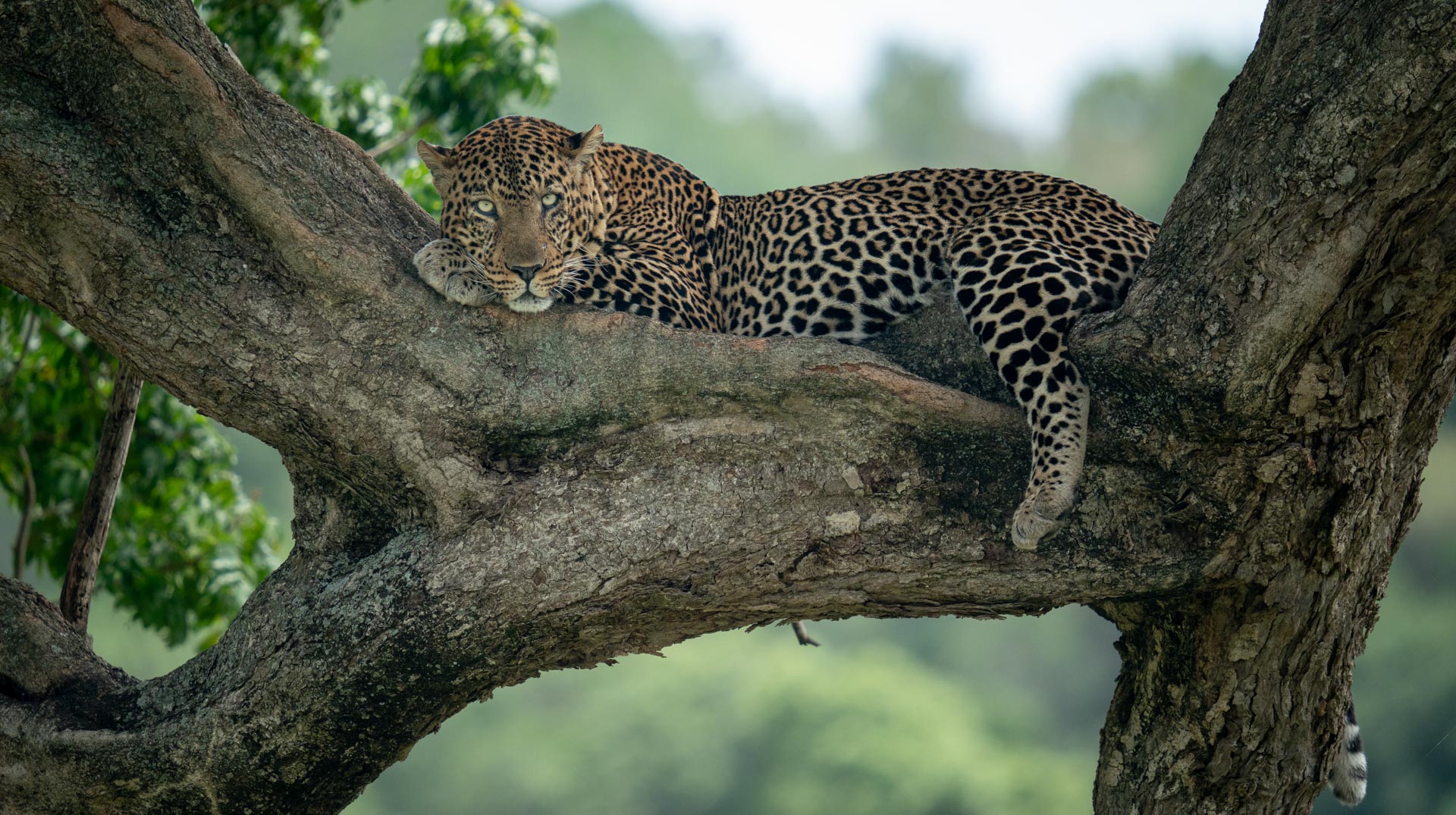
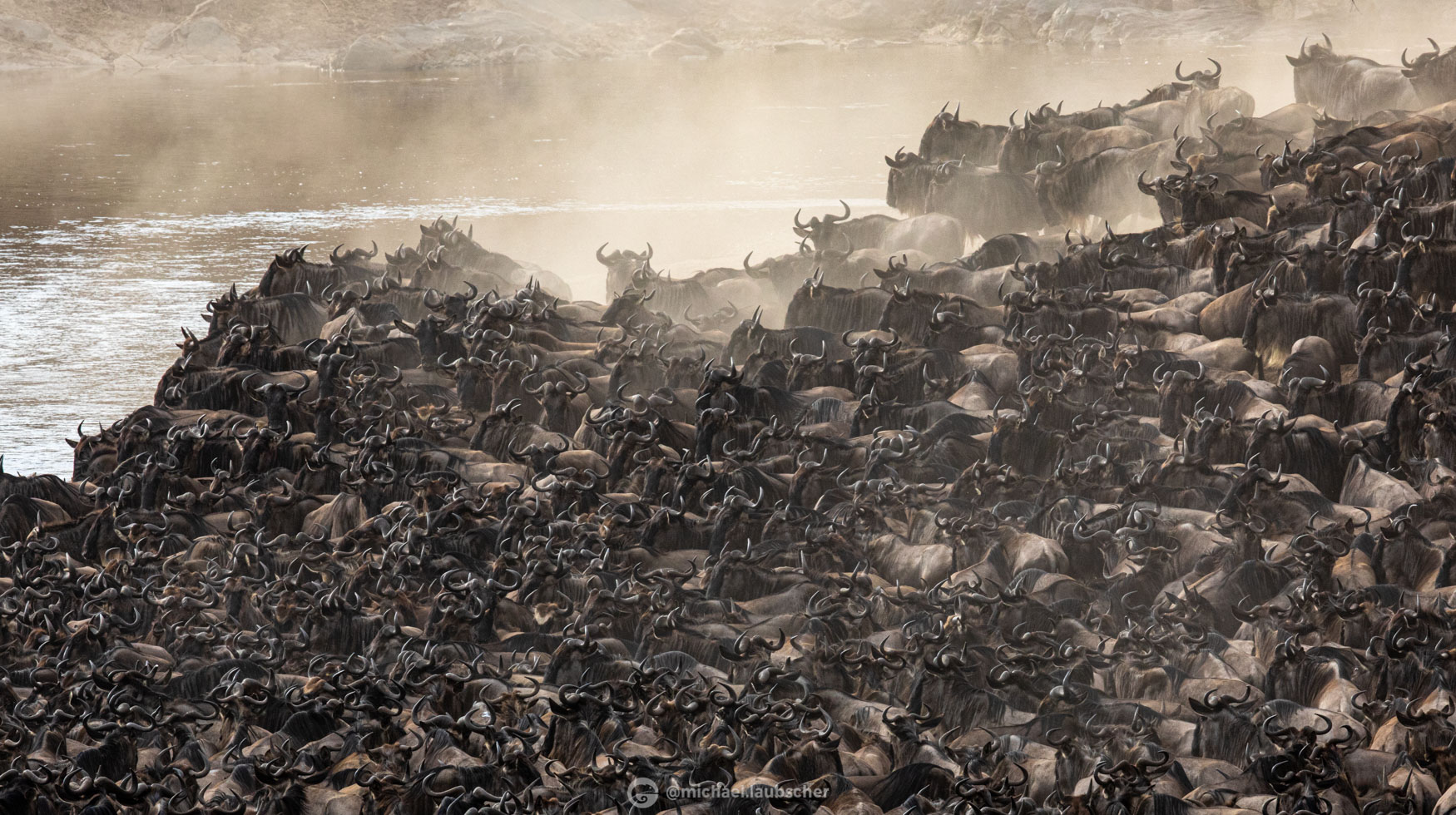
Different season in The Mara Triangle
The Mara Triangle experiences distinct seasons throughout the year, each offering unique wildlife viewing opportunities and breathtaking natural phenomena. During the dry season, typically from July to October, the Mara Triangle becomes a hotspot for the Great Migration, as millions of wildebeest, zebras, and other ungulates journey across the savannah in search of water and grazing lands. This period also coincides with excellent predator sightings, as lions, cheetahs, and hyenas take advantage of the abundance of prey.
The short rains arrive in November and December, rejuvenating the landscape and transforming the plains into a lush, green paradise. This time of year is ideal for birdwatching, with numerous migratory species flocking to the area. From January to March, the long rains blanket the Mara Triangle, providing vital sustenance for resident wildlife and creating picturesque scenes of verdant plains dotted with newborn animals.
Finally, the dry season returns from April to June, characterized by cooler temperatures and clear skies, making it an excellent time for photography enthusiasts to capture stunning vistas and dramatic wildlife encounters against the backdrop of the Mara's iconic scenery.
The Maasai People
Arguably the single most iconic tribe in Africa, the Maasai are nomadic pastoralists who traditionally make a living out of herding cattle. Originally a Nilotic ethnic group which is said to have migrated centuries ago from the semi arid Nile valley north of Lake Turkana, the Maasai inhabit the region around Masai Mara as well as large portions of Great Rift Valley. The Maasai have their unique nomadic culture and way of life not to mention their traditional dress of red or brightly colored ''Shuka's'' or body drapes.
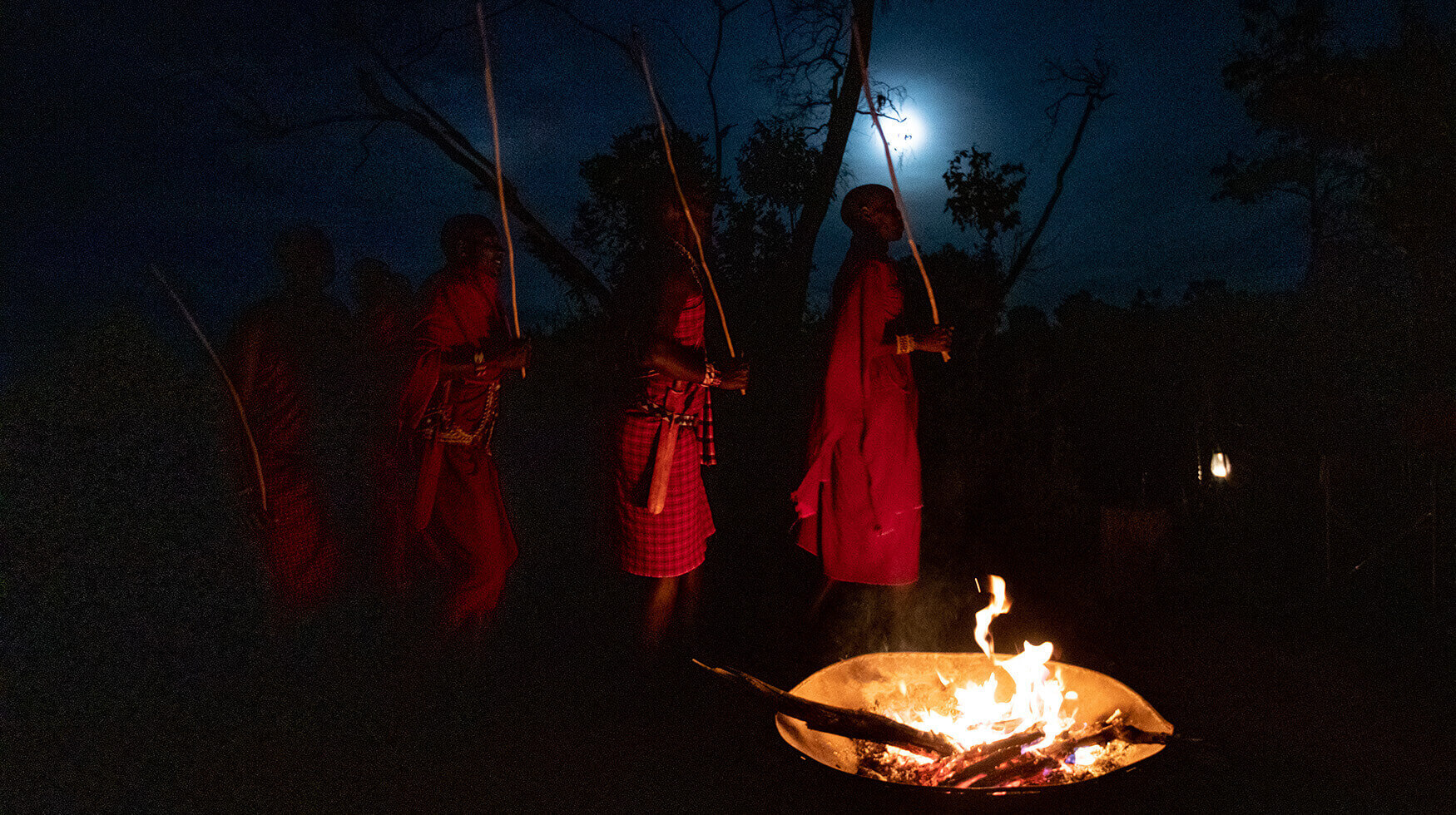
I hope you found the above facts interesting regarding The one and only Mara Triangle and thank you for taking the time to read this blog.
Until next time,
Free Balloon Safari when...
Booking a Great Migration Safari at the Wild Eye Mara Camp in the mara Triangle, for 2025! And that's not all, you will also receive a complimentary hotel stay in Nairobi. *Only applicable to new bookings made for 2025.
